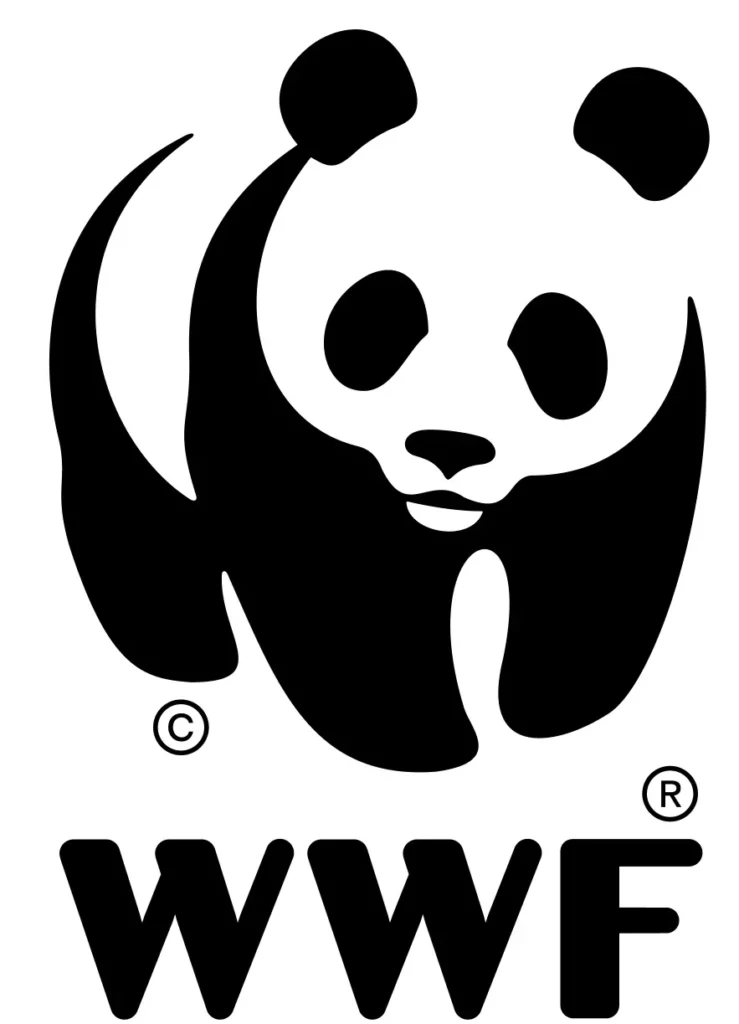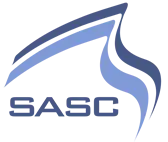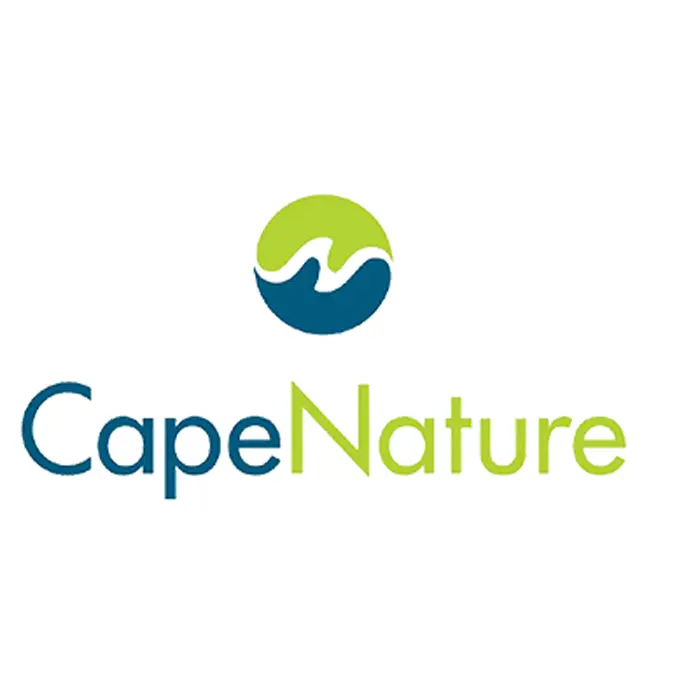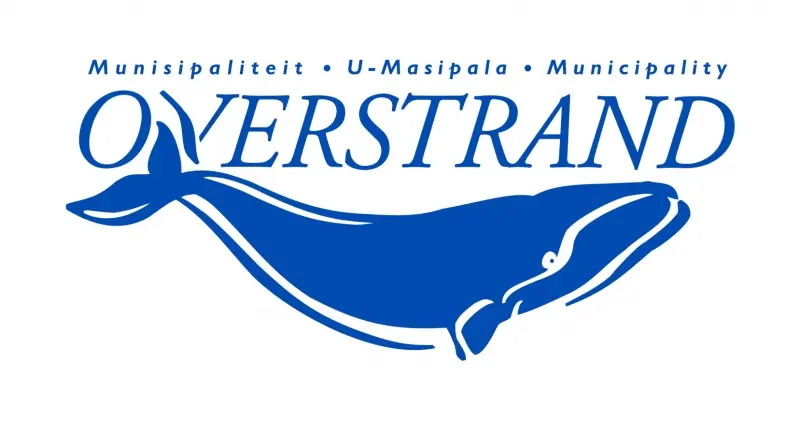WWF Kogelberg Fisheries Research Project
Implementation of an inclusive marine research program for the Kogelberg Region, South Africa
Introduction
WWF-SA has embarked on a program to catalyse the development of credible Fisheries Improvement Projects (FIPs) in South Africa in an effort to contribute towards addressing overfishing and unsustainable fishing practices. The program was designed to target small-scale fishing communities to implement structures and frameworks that promote socio-economic prosperity from the fishery, sustainable use of marine resources and inclusion in resource monitoring and management. One of the WWF pilot study locations identified was the Kogelberg Region (KR), which is situated to the south east of Cape Town extending along the southern Cape coast from the Steenbras River to the Bot River Estuary that includes small-scale fishers from Pringle Bay, Betty’s Bay and Kleinmond (WWF Kogelberg Fisheries Improvement Project Report 2014). The Kogelberg Biosphere Reserve was the first biosphere reserve to be declared in southern Africa and forms part of UNESCO’s world-wide network of Biosphere Reserves. ”In their role of “showing the world how to survive”, biosphere reserves need to promote and pioneer all possible avenues of environmentally sustainable development and sustainable living.
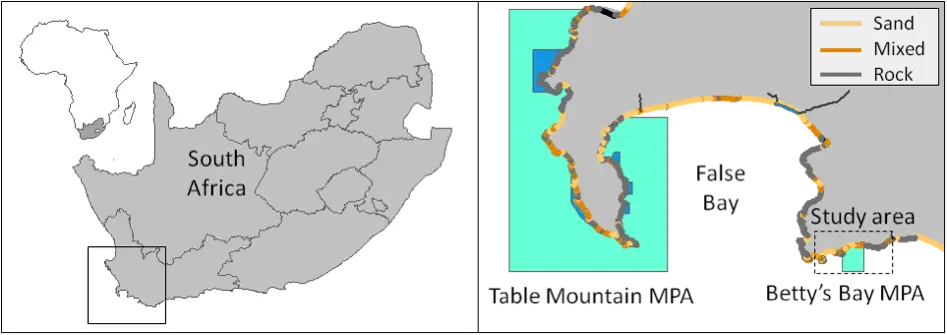
Since the promulgation of the Marine Living Resources Act in 1998, a complex and political process of fishers rights allocations has created conflict and distrust between the fishers themselves and government institutions entrusted with marine resource management. The result of fishers and communities, like that in Kleinmond, who have historically been fishing in the Kogelberg Region since 1915, and who have been disenfranchised by the rights allocation process and the access to marine resources, has been a commensurate increase in illegal fishing activities of key species like the West Coast Rock Lobster (WCRL) and abalone. During the 2014 (FIP) benchmarking workshops, the small-scale fishers in the Kogelberg Region argued that their needs should be included in management decision-making, a sentiment strongly supported by researchers and key stakeholders like Cape Nature and the Kogelberg Biosphere Reserve Marine Working Group. It is essential that through meaningful engagement with small-scale fishers, they become recognised as legitimate stakeholders who have a genuine claim in the co-management of the small-scale fishery.
Key Challenges facing the Kogelberg Region
- Inadequate knowledge regarding the collapse of the West Coast rock lobster.
- Inadequate knowledge regarding the decline in abalone stocks.
- Rampant and uncontrolled lobster and abalone poaching including inside the Betty’s Bay MPA.
- Inadequate information on linefish stock abundance.
- Inadequate monitoring and control of the Betty’s Bay MPA.
- Inadequate information on habitat protection and change as a result of intense poaching.
- Lack of trust between community and law enforcement.
- Lack of trust in the data used for marine resource management decision making among the stakeholders.
- History of unjust resource permit allocations and a lack of ownership of resources by communities.
- Lack of legitimate participation of fishers in co-management and engagement in resource management decisions.
- Non-integrated communities in the region.
- Lack of markets for local fishers to engage with.
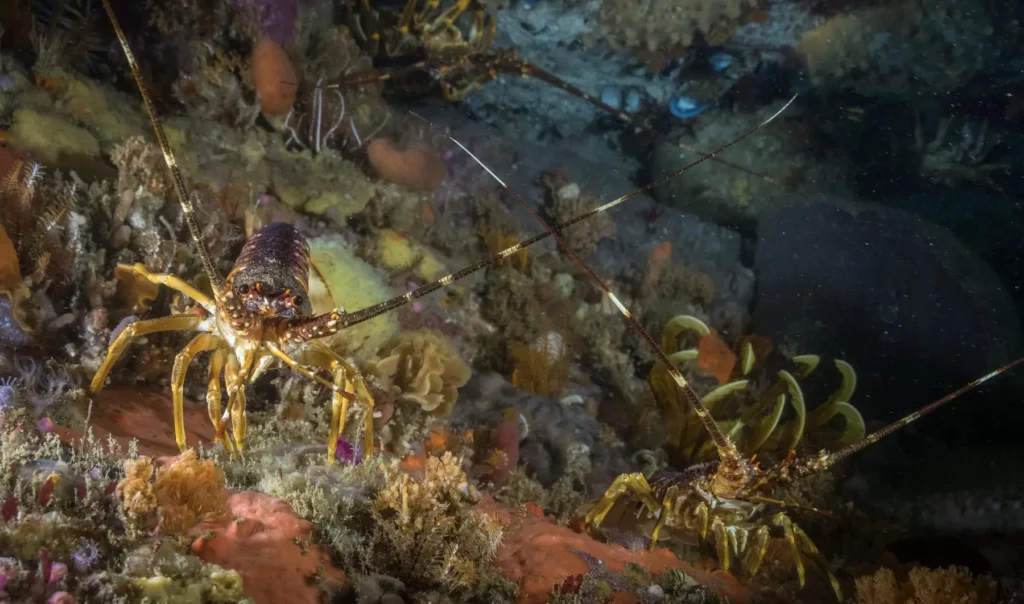
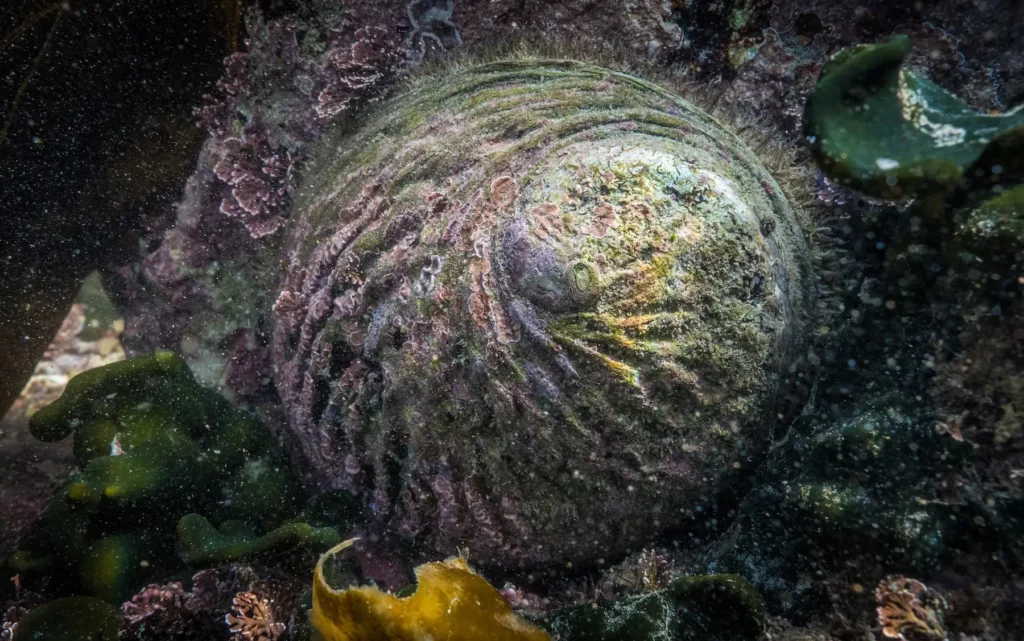
Community driven multi-species monitoring program using BRUVs
WWF-SA, the Kogelberg small-scale fishing communities and the Kogelberg Biosphere Reserve Marine Working Group have been working collectively to implement the Kogelberg Small Scale Fishery Improvement Project (KB-SSFIP) action plan to help sustain the Kogelberg small-scale fishery. One of the strategic acts of the KB-SSFIP is to catalyse an inclusive research and monitoring regime in the small-scale fisheries sector. The project proposed will utilize Baited Remote Underwater Video Systems (BRUVS) to conduct a multi-species survey of line fish and WCRL in the Kogelberg Region. This project aims to enhance the current approach by introducing an inclusive sampling and monitoring system in the Kogelberg Region that will facilitate information sharing and encourage participation by the fishing communities in the process. The key objectives will be to:
- Better understand the effects of illegal fishing on the resource and in society.
- Understand the role Betty’s Bay MPA plays in resource protection in the region.
- Allow communities to engage resource managers based on empirical evidence gained through due scientific process.
- Allow the community to provide scientific data that is credible and can be used in future stock assessment models.
- Use the data to provide legitimate contributions by fishers in co-management procedures.
- Use the project as a blueprint in engaging a greater community monitoring and management program.
- Build trust between fishers, scientists, community and stakeholders (management authorities etc.).
- Allow the community to own the process and success of the project.
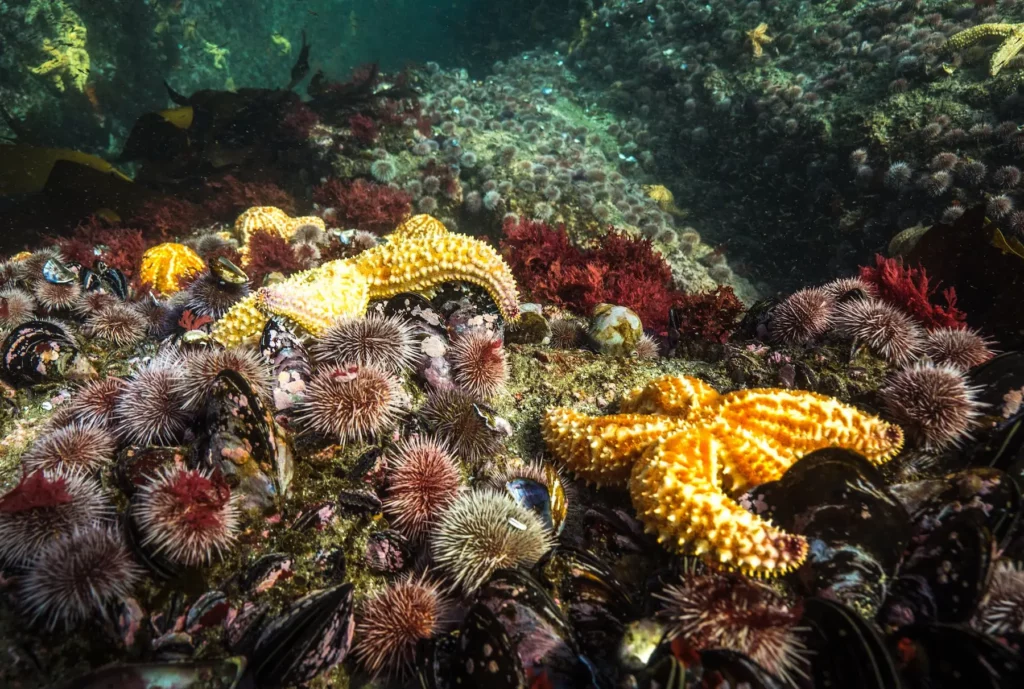
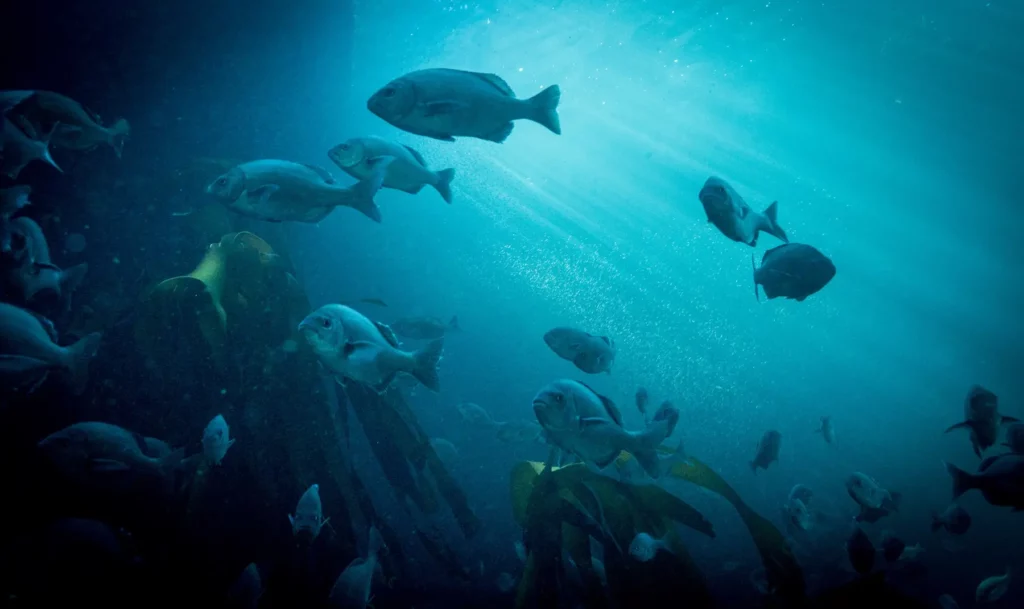
What are BRUVs
BRUVs operate by lowering a camera rig to the sea floor and recording approximately one hour of footage for later analysis of the habitat, number and behavior of the species within view. The cameras are GoPro Hero3® or later models in the standard GoPro waterproof housing. Deployments can be made simultaneously in groups of up to four rigs, depending on the size and orientation of the vessel and the number of crew. The rigs are constructed of mild-steel, with a cross-shaped base and two rods extending vertically at either end. The camera is mounted facing horizontally on one vertical arm so that the center of the lens sits 24 cm above the seafloor. A perforated PVC bait canister is attached to the other vertical arm 35 cm above the seafloor so that the camera and canister sit one meter apart. A chain secured at both vertical arms is attached to a shot line and surface buoy.
Benefit of using BRUVs for the monitoring research project
This project will use baited remote underwater video systems (BRUVs) for a multi-species survey of fish and rock lobster in the Kogelberg Biosphere. Monitoring of linefish and WCRL has historically relied on capture survey techniques. The detection power and environmental impact of capture-based methods limit their utility for monitoring these commercially important species, especially where extractive sampling might conflict with marine protected area (MPA) objectives. Capture-based surveys provide biological data that is important for stock assessment models, but they do not provide habitat information. The baited remote underwater video system (BRUVs) has been proposed as a complement to the standard DAFF surveys, especially for MPAs, areas with high habitat heterogeneity and at the edges of known geographical species distributions. BRUVs have been tested as a standard, non-extractive methodology that can be applied throughout South Africa’s near-shore areas. BRUVs surveys have been performed in both protected and exploited areas in South Africa, including False Bay, Betty’s Bay, Dyer Island, Stilbaai, Goukamma, Tsitsikamma, and Pondoland.
BRUV deployment strategy
Each deployment period will consist of 3 – 4 sea days, depending on weather and availability of personnel. Sites will be sampled in proximate clusters to maximise sampling efficiency. If the target coordinate is unsafe or unreachable, the boat will proceed offshore until it is safe to deploy the rig. Each BRUVs will be lowered to the sea floor and left to soak for 50 minutes. Previous BRUVs studies in the Southwest coast have used a one hour deployment time, but analyses of rates of species accumulation, average time at MaxN, and relevant literature suggest that one hour is much longer than necessary to record species diversity and abundance, and in fact a slightly shorter deployment might provide more accurate information on species – habitat associations. Three to four rigs will be deployed simultaneously. Each deployment uses 1 kg of chopped sardine as bait. Depth, geographic coordinates, and deployment and retrieval times are recorded at each site. Each sample takes on average 3 – 5 minutes to deploy and to retrieve. After each sampling day, video footage is uploaded to an external hard drive, memory cards are cleared, and all camera batteries are charged. This process requires 1 – 2 hours for 15 – 20 samples. Sampling is seasonal, with two winter (June – August) and two summer (November – February) sampling trips over the two-year project duration. BRUV deployment summer sample is planned for February 2017.
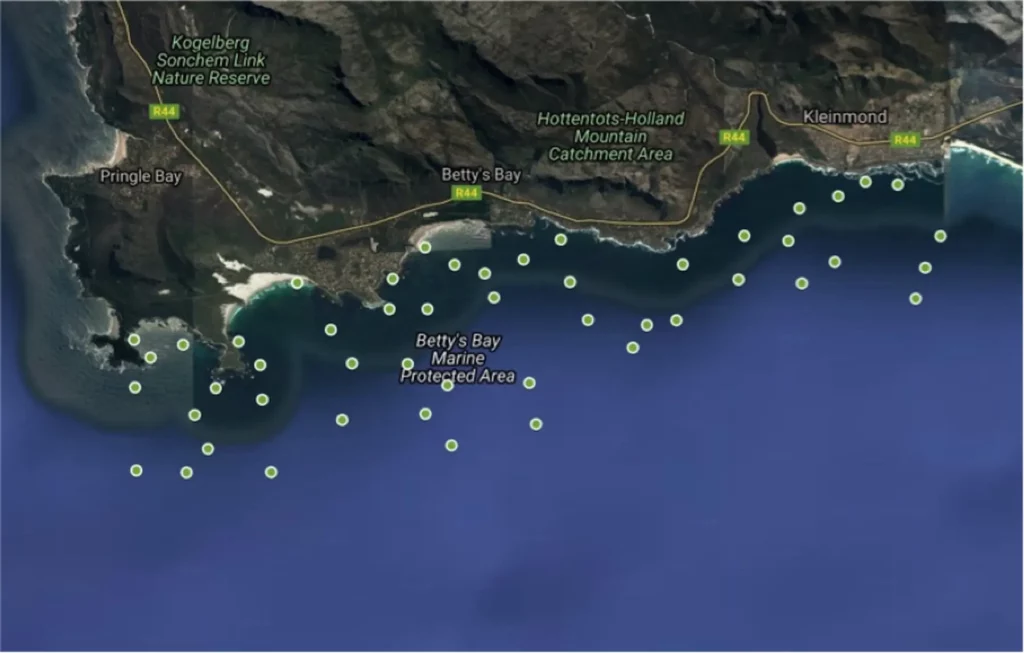
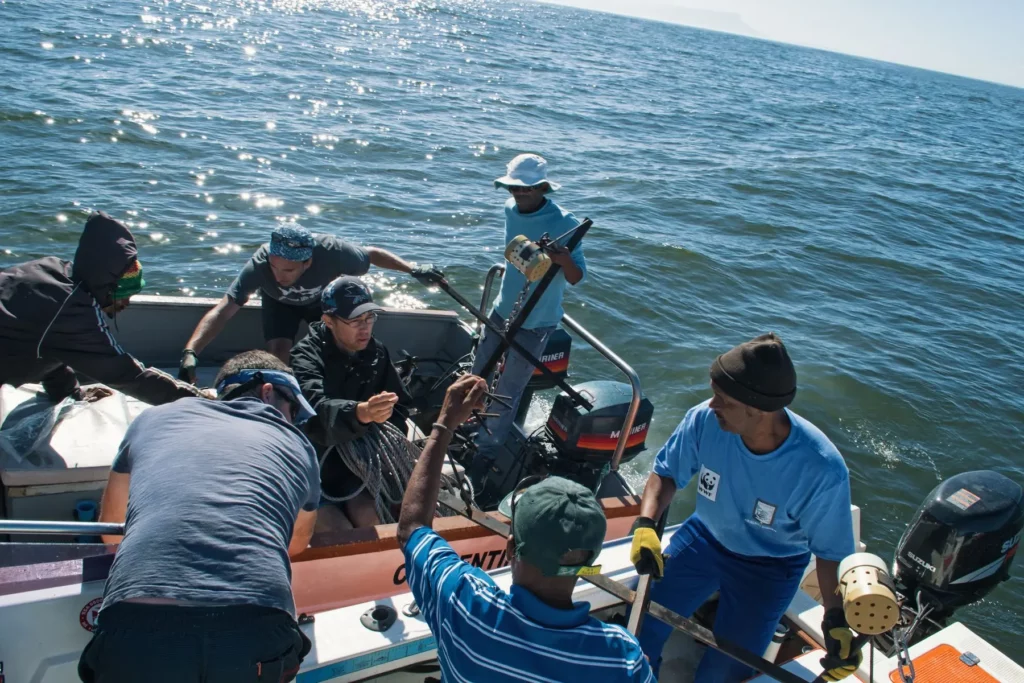
Expected results


Relative abundance of linefish species
Data collected will provide information of relative abundance of key linefish species in the Kogelberg Region. The data will provide invaluable insight into the species distribution and diversity across depth, habitat and protection range. Data will be directly comparable to other BRUV studies, and will compliment national and regional fisheries data resources. The data will provide temporal comparisons in the short term (2 year seasonal dataset).
Relative abundance of West Coast rock lobster
Data collected will provide valuable information regarding WCRL relative abundance with respect to depth, habitat and protection range. It is imperative to understand the economic benefit afforded to commercially important species, and wether or not the MPA is paying a critical role in their protection. Data will be collected during open and closed fishing seasons, and throughout different management zones.
Habitat evaluations inside and outside of the MPA
Catch per Unit Effort (CPUE) data does not take into account habitat condition. It is vital to understand the diversity and distribution of key economic species with respect to habitat, depth range and protection status. Habitat analysis can provide key evidence to community changes or the potential thereof.
Implementation and communication strategy.
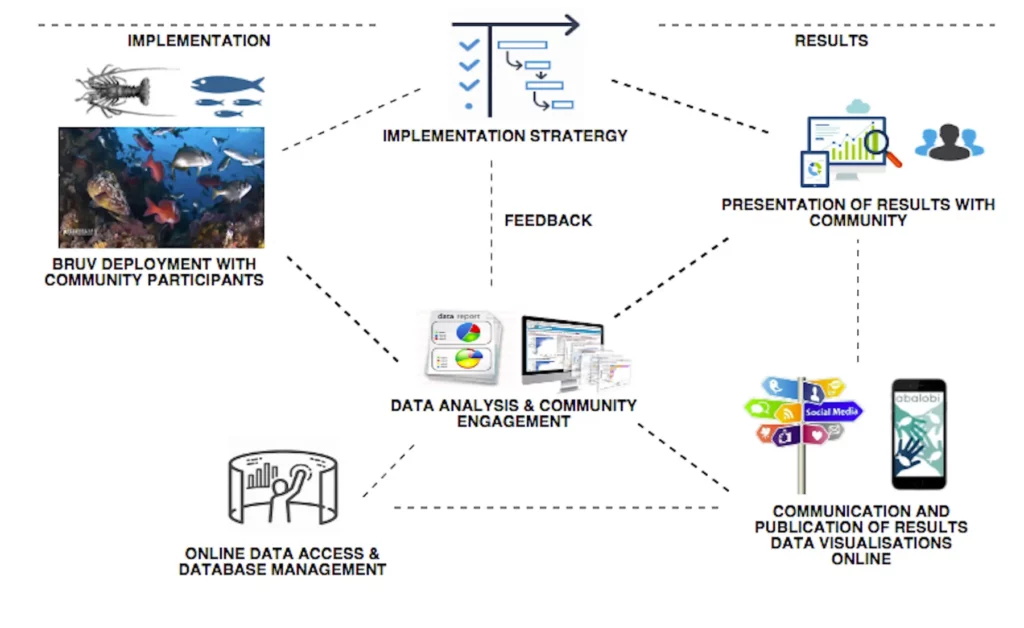
Project partners and stakeholders
